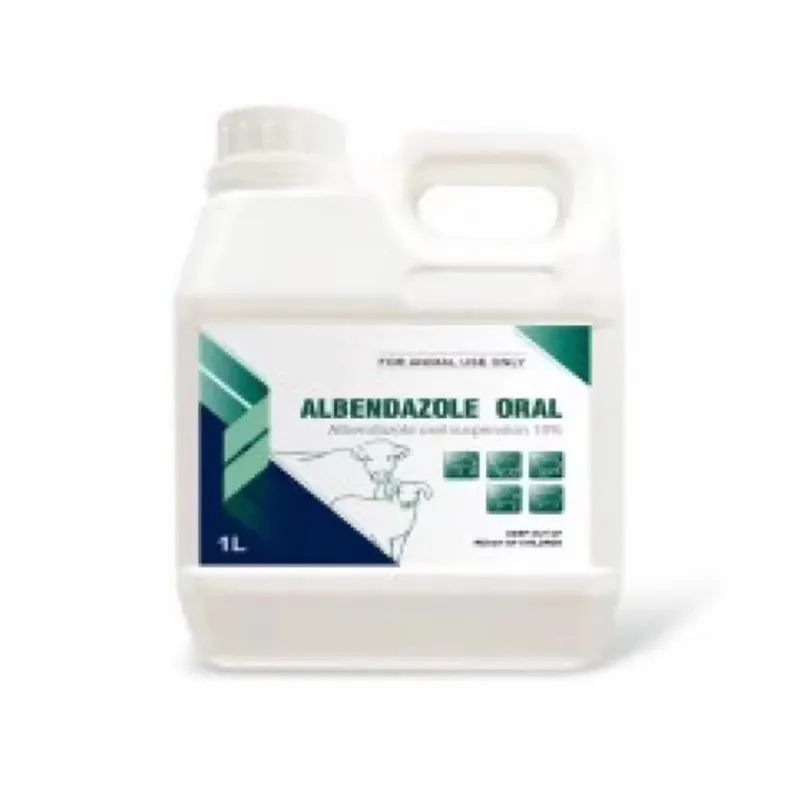- Afrikaans
- Albanian
- Amharic
- Arabic
- Armenian
- Azerbaijani
- Basque
- Belarusian
- Bengali
- Bosnian
- Bulgarian
- Catalan
- Cebuano
- Corsican
- Croatian
- Czech
- Danish
- Dutch
- English
- Esperanto
- Estonian
- Finnish
- French
- Frisian
- Galician
- Georgian
- German
- Greek
- Gujarati
- Haitian Creole
- hausa
- hawaiian
- Hebrew
- Hindi
- Miao
- Hungarian
- Icelandic
- igbo
- Indonesian
- irish
- Italian
- Japanese
- Javanese
- Kannada
- kazakh
- Khmer
- Rwandese
- Korean
- Kurdish
- Kyrgyz
- Lao
- Latin
- Latvian
- Lithuanian
- Luxembourgish
- Macedonian
- Malgashi
- Malay
- Malayalam
- Maltese
- Maori
- Marathi
- Mongolian
- Myanmar
- Nepali
- Norwegian
- Norwegian
- Occitan
- Pashto
- Persian
- Polish
- Portuguese
- Punjabi
- Romanian
- Russian
- Samoan
- Scottish Gaelic
- Serbian
- Sesotho
- Shona
- Sindhi
- Sinhala
- Slovak
- Slovenian
- Somali
- Spanish
- Sundanese
- Swahili
- Swedish
- Tagalog
- Tajik
- Tamil
- Tatar
- Telugu
- Thai
- Turkish
- Turkmen
- Ukrainian
- Urdu
- Uighur
- Uzbek
- Vietnamese
- Welsh
- Bantu
- Yiddish
- Yoruba
- Zulu
Nov . 17, 2024 10:32 Back to list
Effective Combination of Oxyclozanide and Levamisole for Livestock Health Improvement
The Use of Oxyclozanide and Levamisole Bolus in Veterinary Medicine
Oxyclozanide and levamisole are two well-established anthelmintic agents utilized in veterinary medicine, particularly in the treatment and prevention of parasitic infections in livestock. Their combination has proven effective in addressing a variety of helminth infections, thus improving the overall health and productivity of animals.
Oxyclozanide Mechanism and Benefits
Oxyclozanide is a broad-spectrum flukicide that is predominantly used to combat liver fluke infestations, especially Fasciola hepatica, in ruminants. It works by disrupting the energy metabolism in the parasites, leading to their paralysis and eventual death. One of the significant advantages of oxyclozanide is its safety profile; it is well-tolerated in animals and generally exhibits minimal adverse effects when administered at the recommended dosages.
Furthermore, oxyclozanide not only targets adult worms but also effectively reduces the number of immature flukes in the host, which is crucial for controlling fluke populations. This action helps to mitigate the economic losses associated with liver fluke diseases, including decreased weight gain, reduced milk production, and increased veterinary costs due to secondary infections and treatments.
Levamisole A Dual Role
Levamisole, on the other hand, is a potent anthelmintic that acts primarily against nematodes. It enhances the immune response in animals while paralyzing the parasites through agonism of nicotinic receptors located in the neuromuscular junctions. Levamisole’s unique property as an immunomodulator has elevated its importance, as it not only helps in deworming but also boosts the animal's overall health and resilience against infections.
oxyclozanide and levamisole bolus

Administered as a bolus, levamisole can provide prolonged release and sustained action, ensuring effective control over intestinal worm burdens. This delivery system is particularly advantageous in large animals such as cattle and sheep, where conventional dosing methods may be less practical.
Combined Efficacy of the Bolus Formulation
The introduction of a combined oxyclozanide and levamisole bolus formulation has revolutionized parasite control strategies in veterinary practice. This synergistic combination not only broadens the spectrum of activity against both trematodes and nematodes but also facilitates ease of administration in a single dose. Farmers and livestock producers benefit from reduced labor and stress on the animals while ensuring comprehensive parasite control.
The bolus formulation is especially beneficial in extensive farming systems, where animals may not easily be rounded up for frequent treatments. By integrating both oxyclozanide and levamisole, this approach provides a more holistic treatment strategy, targeting parasitic infections effectively while supporting the host’s immune system.
Conclusion
In conclusion, the oxyclozanide and levamisole bolus serves as a vital tool in modern veterinary medicine, effectively addressing the challenges posed by parasitic infections in livestock. Its combined anthelmintic properties, alongside improved ease of administration, make it an invaluable asset for enhancing animal health and productivity. As we continue to navigate the complexities of animal husbandry, the role of such innovative treatments will undoubtedly grow, contributing to sustainable farming practices and improved welfare for livestock.
-
Guide to Oxytetracycline Injection
NewsMar.27,2025
-
Guide to Colistin Sulphate
NewsMar.27,2025
-
Gentamicin Sulfate: Uses, Price, And Key Information
NewsMar.27,2025
-
Enrofloxacin Injection: Uses, Price, And Supplier Information
NewsMar.27,2025
-
Dexamethasone Sodium Phosphate Injection: Uses, Price, And Key Information
NewsMar.27,2025
-
Albendazole Tablet: Uses, Dosage, Cost, And Key Information
NewsMar.27,2025













